If your kitchen sink is draining slowly, one of the first things to check for is a clogged drain. This is a common issue that can happen due to a variety of reasons, such as food particles, soap scum, and grease buildup. These substances can accumulate over time and create a blockage in your drain, causing it to drain slowly or not at all. If you suspect a clogged drain is the culprit, there are a few methods you can try to clear it out. One option is to use a plunger to create suction and dislodge the blockage. You can also try using a drain snake, a long flexible tool that can reach deep into your drain and remove any debris. If the clog is stubborn, you may need to call a professional plumber to use specialized equipment to clear the blockage.1. Clogged Drain
Another reason your kitchen sink may be draining slowly is due to general slow drainage. This can happen if your pipes are old or have been damaged, causing water to flow through them at a slower pace. Slow drainage can also occur if there is a buildup of debris or mineral deposits in your pipes, restricting the flow of water. If you suspect slow drainage is the issue, you can try using a drain cleaning product to dissolve any buildup in your pipes. However, if the problem persists, it may be best to call a plumber to inspect your pipes and determine the best course of action.2. Slow Drainage
A blockage in your kitchen sink can also cause slow drainage. This can happen if large food particles, such as fruit peels or meat scraps, get stuck in your drain and create a blockage. You may also experience blockages if non-food items, such as paper towels or utensils, accidentally fall into your sink. To prevent blockages, make sure to properly dispose of food scraps in the garbage and be mindful of what items you are placing in your sink. If you do encounter a blockage, try using a plunger or drain snake to remove it. For more stubborn blockages, a plumber may need to use specialized tools to clear the drain.3. Kitchen Sink Blockage
Over time, your drain pipes can develop a buildup of debris, grease, and other substances that can hinder the flow of water. This can lead to slow drainage or even a complete blockage. Drain pipe buildup can also cause unpleasant odors to emanate from your sink. To prevent this buildup, you can regularly clean your drain pipes using a homemade mixture of baking soda and vinegar. This will help dissolve any buildup and keep your pipes running smoothly. If the buildup is severe, a professional plumber may need to use hydro jetting to clear it out.4. Drain Pipe Buildup
One of the most common causes of slow-draining kitchen sinks is a grease clog. When cooking, grease and oil can easily make their way down your drain and solidify as they cool, creating a sticky clog. This can not only cause slow drainage but also attract other debris and lead to a more severe blockage. To prevent grease clogs, make sure to properly dispose of grease and oil by wiping them up with a paper towel and throwing them in the garbage. You can also use a grease trap to catch any excess grease before it enters your pipes. If you do encounter a grease clog, try using a plunger or drain snake to remove it. For more stubborn clogs, a plumber may need to use hydro jetting to clear the pipes.5. Grease Clog
A plunger is a handy tool for clearing clogs in your kitchen sink. It creates suction that can dislodge a blockage and allow water to flow freely again. To use a plunger, place it over the drain and push down and up in a rapid motion. This will create suction that can help remove the clog. Make sure to choose a plunger with a flat bottom that can easily cover the drain opening. You can also apply petroleum jelly to the rim of the plunger to create a better seal and increase suction. If the plunger does not work, try using a drain snake or call a professional plumber for assistance.6. Plunger
A drain snake, also known as a plumber's snake, is a long flexible tool that can reach deep into your drain and remove any blockages. It works by either breaking up the clog or pulling it out of the drain. Drain snakes are available at most hardware stores and are a useful tool to have on hand for kitchen sink clogs. To use a drain snake, insert it into the drain and turn the handle clockwise. This will help push the snake through the drain and dislodge any clogs. If the clog is stubborn, you may need to try different angles or call a professional plumber for assistance.7. Drain Snake
A natural and effective way to clear out buildup in your drain is by using a mixture of baking soda and vinegar. These two ingredients react chemically to create a foaming action that can dissolve debris and clear your pipes. To use this method, pour ½ cup of baking soda down the drain, followed by ½ cup of vinegar. Let the mixture sit for about 10 minutes, then pour hot water down the drain to flush out any remaining debris. You can repeat this process regularly to keep your drain pipes clean and free-flowing.8. Baking Soda and Vinegar
A plumber's auger, also known as a plumbing snake, is a longer and more heavy-duty version of a drain snake. It is a useful tool for removing stubborn clogs in your kitchen sink. The auger has a coiled metal cable with a sharp end that can break up and remove clogs in your pipes. To use a plumber's auger, insert it into the drain and turn the handle clockwise. This will help push the auger through the pipes and break up any clogs. If the clog is particularly stubborn, you may need to call a professional plumber to use specialized equipment.9. Plumber's Auger
If all else fails, hydro jetting may be the solution to your slow-draining kitchen sink. This method involves using high-pressure water to blast through any blockages in your pipes. It is a highly effective way to clear out even the toughest clogs. However, hydro jetting should only be performed by a professional plumber as it requires specialized equipment and training. It is also a more expensive method compared to other DIY options. If you continue to experience slow drainage or blockages in your kitchen sink, it may be time to call in the professionals for hydro jetting. In conclusion, a slow-draining kitchen sink can be a frustrating and inconvenient problem to deal with. However, by understanding the possible causes and trying out some of these solutions, you can get your sink back to its normal functioning state in no time. Remember to regularly clean and maintain your drain pipes to prevent future clogs and always seek professional help if the issue persists. A fully functioning kitchen sink is essential for a smooth and efficient cooking experience. 10. Hydro Jetting
Why is One Side of Your Kitchen Sink Draining Slowly?
:max_bytes(150000):strip_icc()/how-to-install-a-sink-drain-2718789-hero-24e898006ed94c9593a2a268b57989a3.jpg)
Possible Causes and Solutions
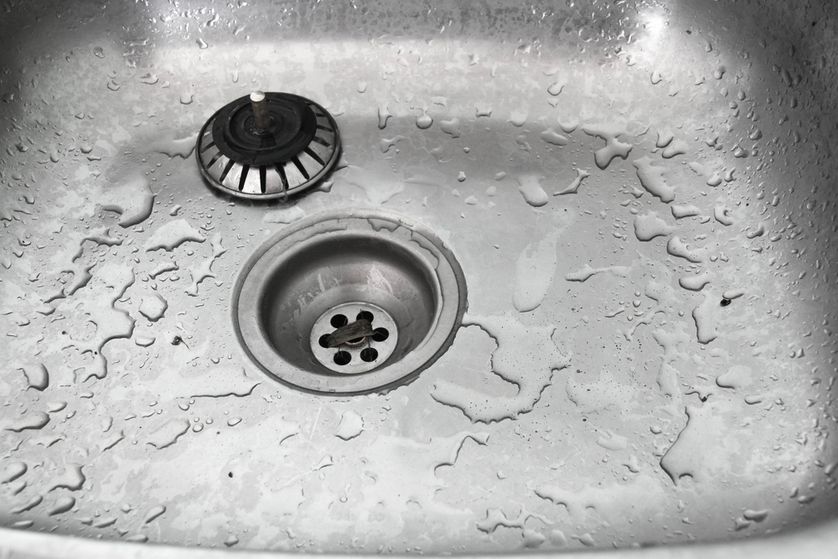 If you've noticed that one side of your kitchen sink is draining slowly, it can be a frustrating and inconvenient problem to deal with. Not only can it make washing dishes and preparing food a hassle, but it can also be a sign of a larger issue with your plumbing system. Understanding the possible causes of this problem and taking the appropriate steps to address it can help maintain the functionality and design of your kitchen.
Clogged Drain
One of the most common reasons for a slow draining kitchen sink is a clogged drain. Over time, debris such as food scraps, soap scum, and grease can build up in the pipes, restricting the flow of water. This can cause one side of the sink to drain slowly or not at all. Using a plunger or a drain snake can often help dislodge the clog and get your sink draining properly again. For tougher clogs, it may be necessary to use a chemical drain cleaner or call a professional plumber.
Improperly Installed or Damaged Pipes
If your sink was recently installed or if you've done any recent renovations, it's possible that the pipes were not properly connected or installed. This can lead to uneven water flow and cause one side of the sink to drain slower than the other. Similarly, damaged pipes due to wear and tear or accidents can also impede the flow of water and cause draining issues. In these cases, it's best to call a professional plumber to assess and repair the pipes as needed.
Low Water Pressure
Another possible cause for slow draining on one side of the kitchen sink could be low water pressure. This can be due to a variety of reasons, such as a faulty pressure regulator, a clogged aerator, or sediment buildup in the pipes. If you notice low water pressure throughout your home, it's best to contact a plumber to diagnose and fix the issue.
Design Flaws
In some cases, the design of your kitchen may be the root cause of the slow draining sink. For example, if the sink was not installed with the proper slope, water may not be able to flow freely and can cause one side to drain slower than the other. Additionally, the placement of the drain can also affect the speed of drainage. If the drain is too far from the edge of the sink, it can create a bottleneck effect and cause one side to drain slower. In these cases, it may be necessary to make adjustments to the design or call a professional for help.
In conclusion, a slow draining kitchen sink can be caused by a variety of factors, from simple clogs to more complex plumbing issues. By identifying the root cause and taking the appropriate steps to address it, you can ensure that your kitchen sink functions properly and your house design remains intact. If the problem persists, it's always best to seek the help of a professional plumber to avoid any further damage to your plumbing system.
If you've noticed that one side of your kitchen sink is draining slowly, it can be a frustrating and inconvenient problem to deal with. Not only can it make washing dishes and preparing food a hassle, but it can also be a sign of a larger issue with your plumbing system. Understanding the possible causes of this problem and taking the appropriate steps to address it can help maintain the functionality and design of your kitchen.
Clogged Drain
One of the most common reasons for a slow draining kitchen sink is a clogged drain. Over time, debris such as food scraps, soap scum, and grease can build up in the pipes, restricting the flow of water. This can cause one side of the sink to drain slowly or not at all. Using a plunger or a drain snake can often help dislodge the clog and get your sink draining properly again. For tougher clogs, it may be necessary to use a chemical drain cleaner or call a professional plumber.
Improperly Installed or Damaged Pipes
If your sink was recently installed or if you've done any recent renovations, it's possible that the pipes were not properly connected or installed. This can lead to uneven water flow and cause one side of the sink to drain slower than the other. Similarly, damaged pipes due to wear and tear or accidents can also impede the flow of water and cause draining issues. In these cases, it's best to call a professional plumber to assess and repair the pipes as needed.
Low Water Pressure
Another possible cause for slow draining on one side of the kitchen sink could be low water pressure. This can be due to a variety of reasons, such as a faulty pressure regulator, a clogged aerator, or sediment buildup in the pipes. If you notice low water pressure throughout your home, it's best to contact a plumber to diagnose and fix the issue.
Design Flaws
In some cases, the design of your kitchen may be the root cause of the slow draining sink. For example, if the sink was not installed with the proper slope, water may not be able to flow freely and can cause one side to drain slower than the other. Additionally, the placement of the drain can also affect the speed of drainage. If the drain is too far from the edge of the sink, it can create a bottleneck effect and cause one side to drain slower. In these cases, it may be necessary to make adjustments to the design or call a professional for help.
In conclusion, a slow draining kitchen sink can be caused by a variety of factors, from simple clogs to more complex plumbing issues. By identifying the root cause and taking the appropriate steps to address it, you can ensure that your kitchen sink functions properly and your house design remains intact. If the problem persists, it's always best to seek the help of a professional plumber to avoid any further damage to your plumbing system.
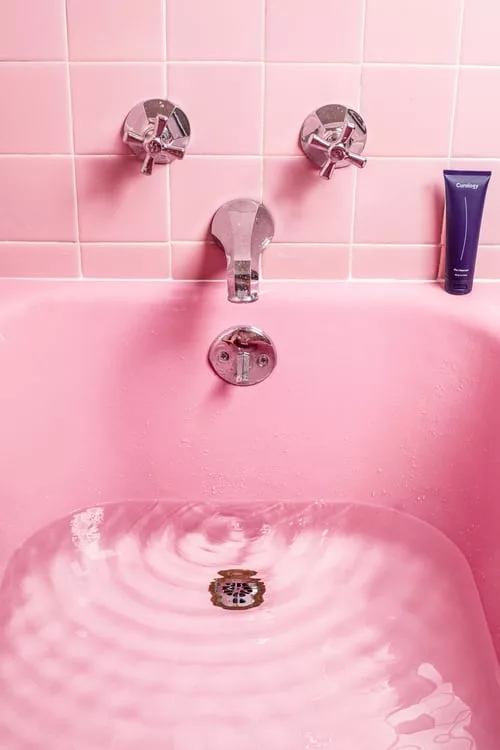



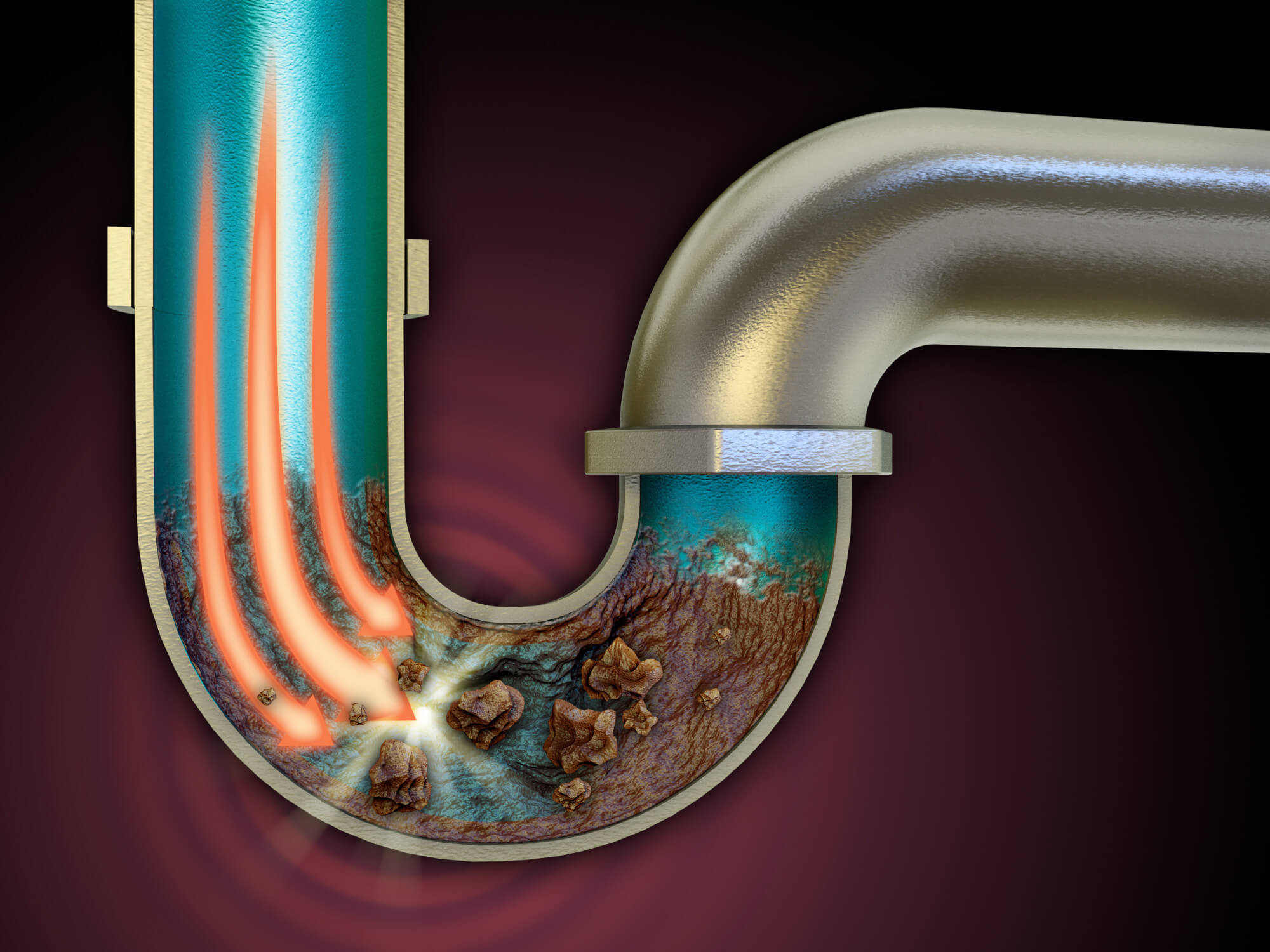
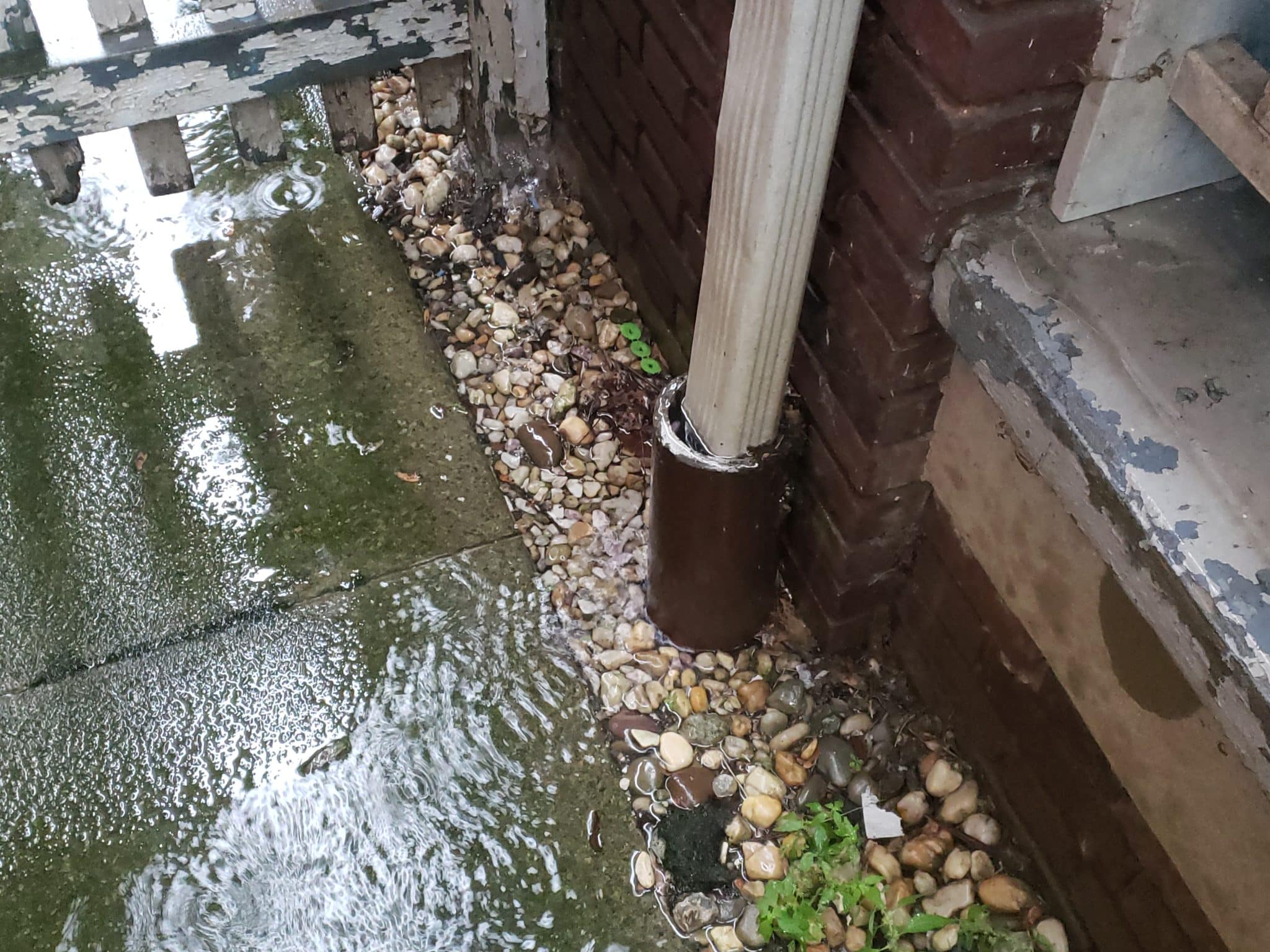
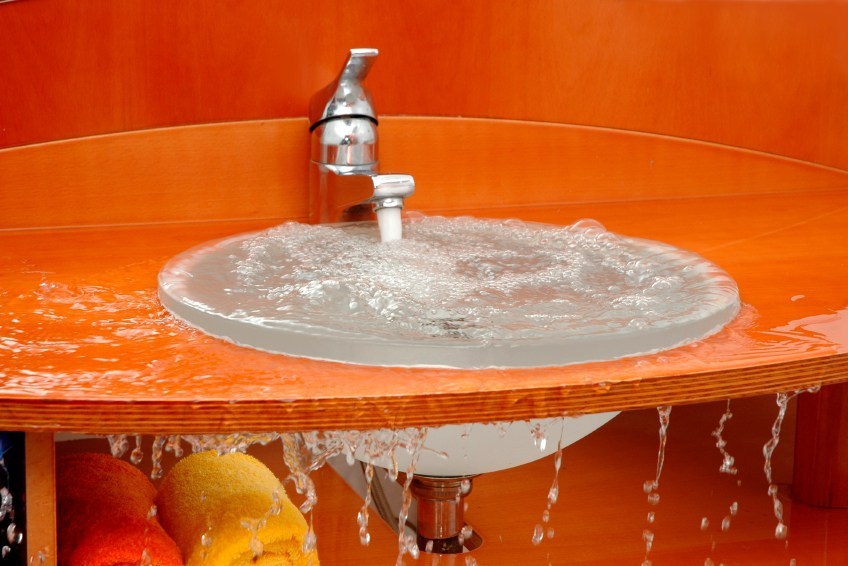
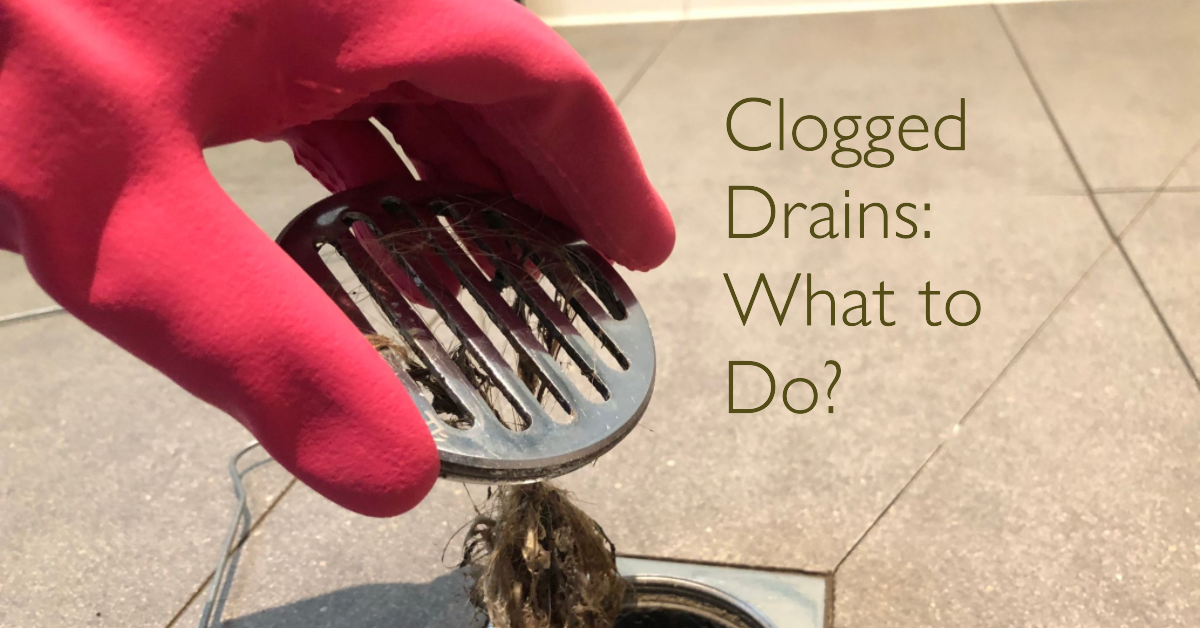
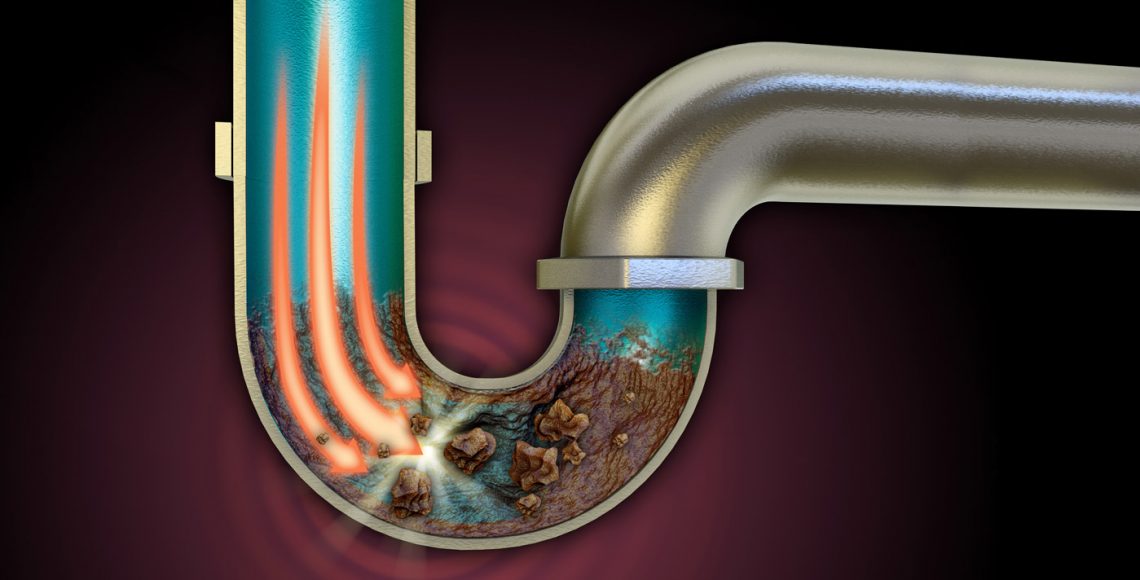
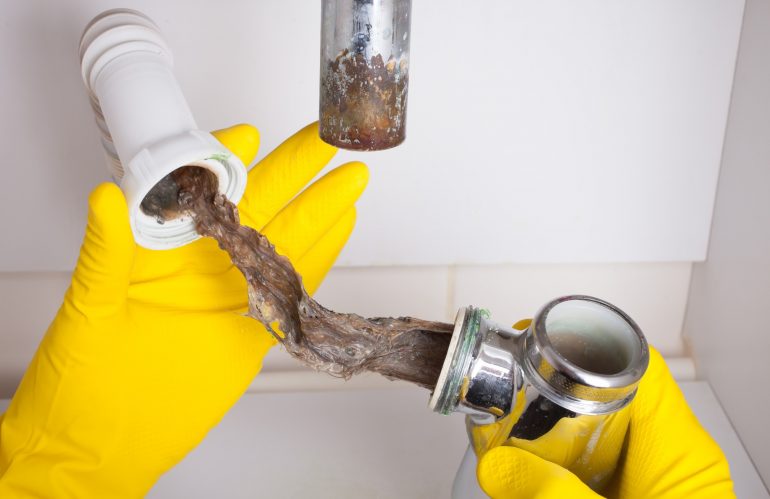
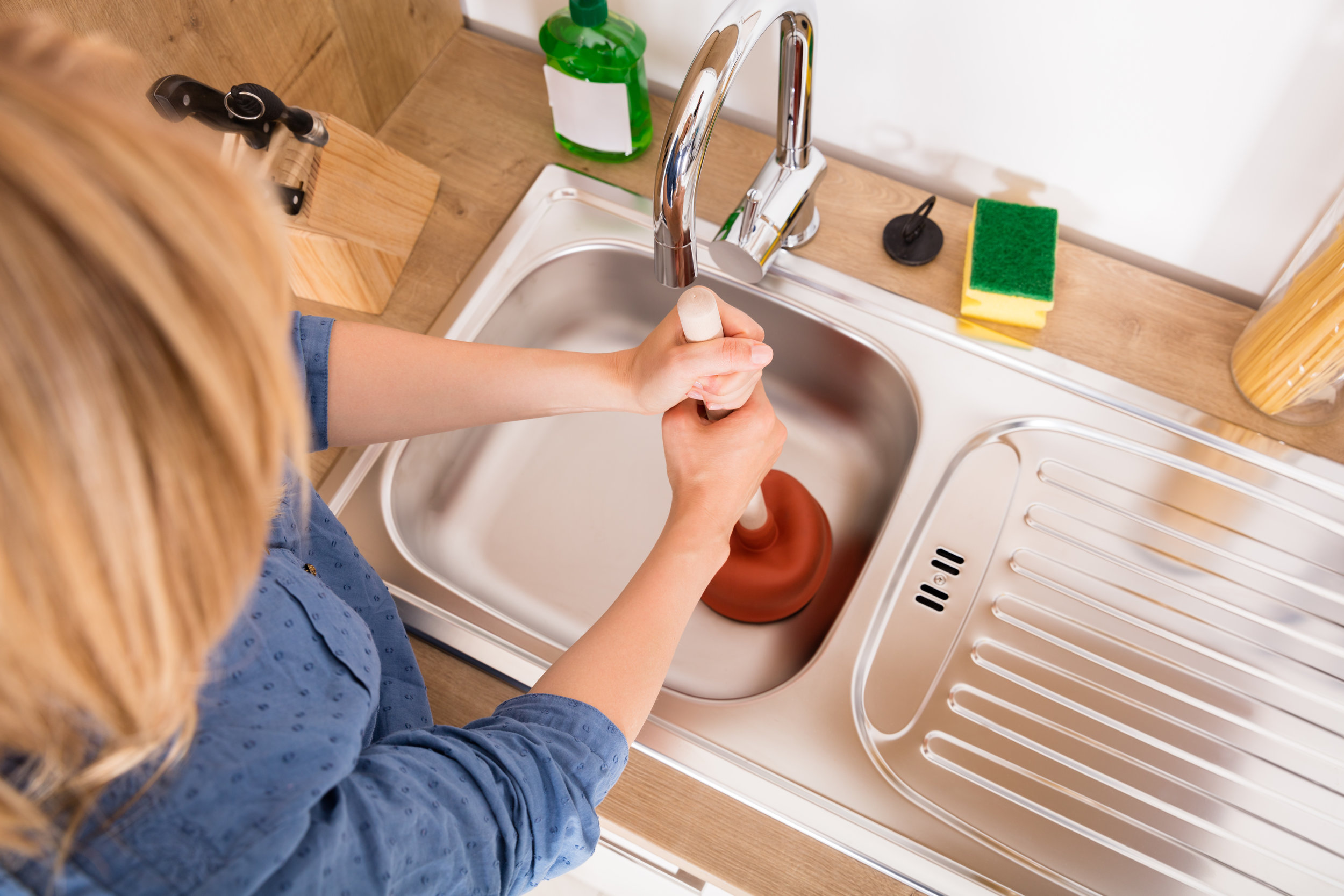




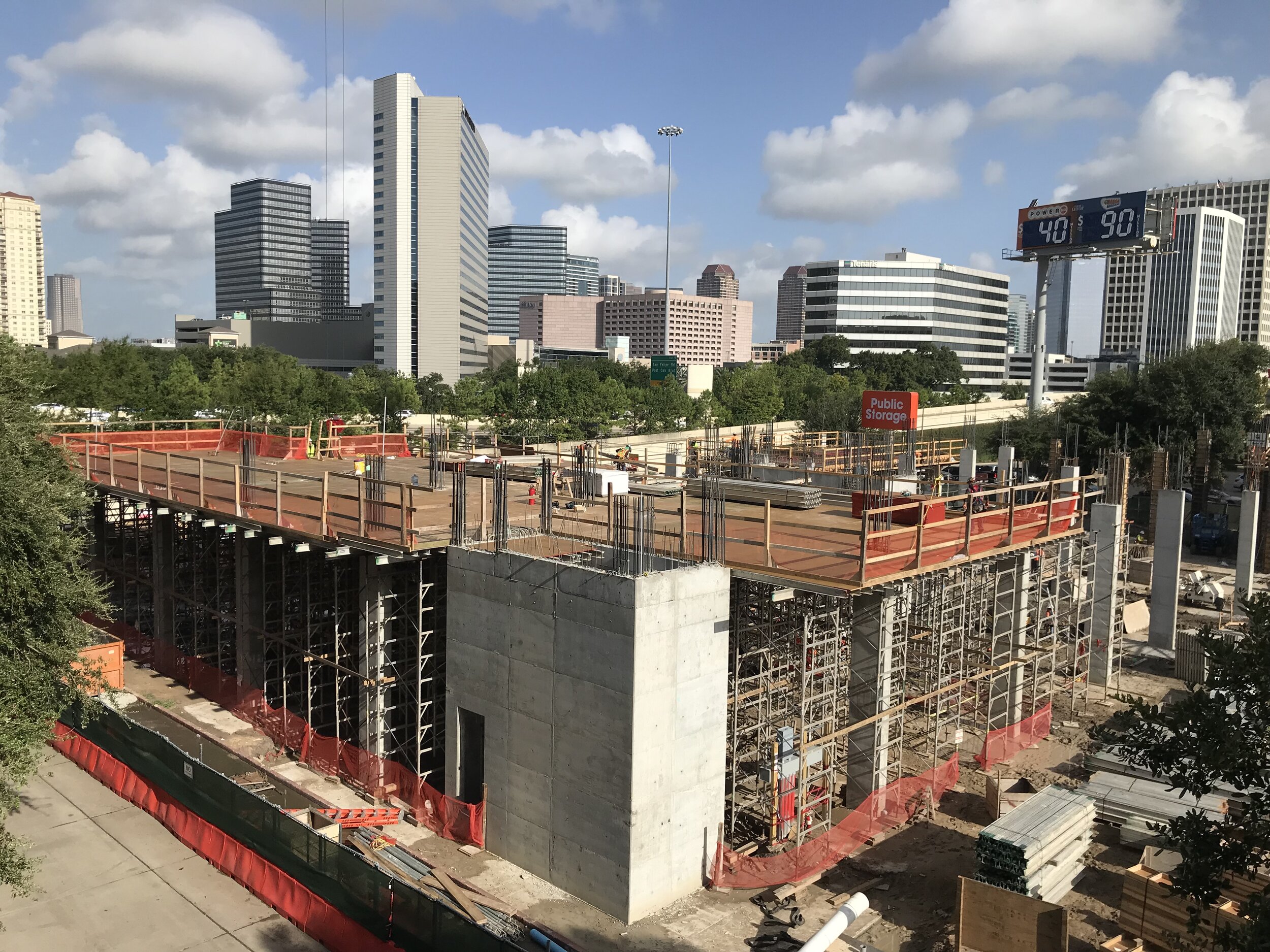
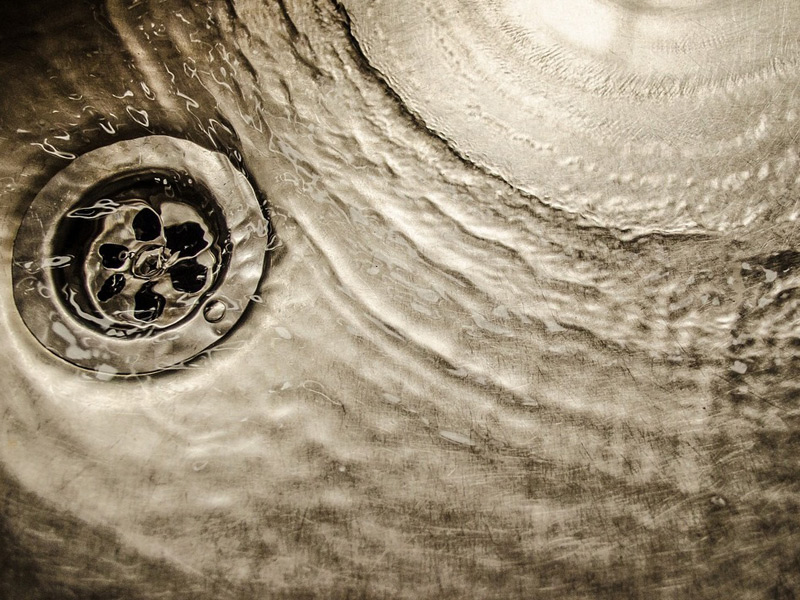







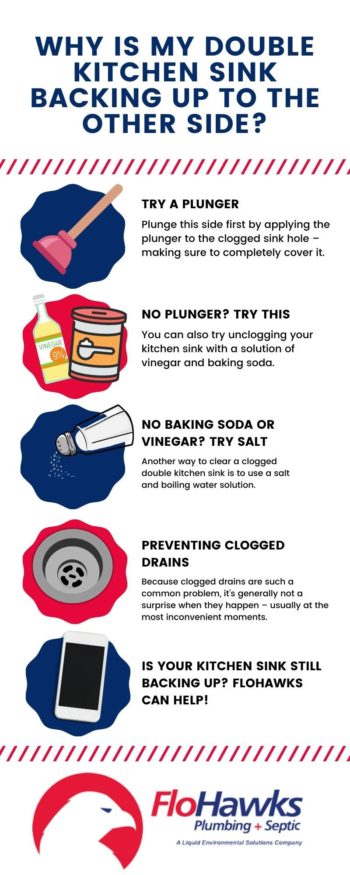



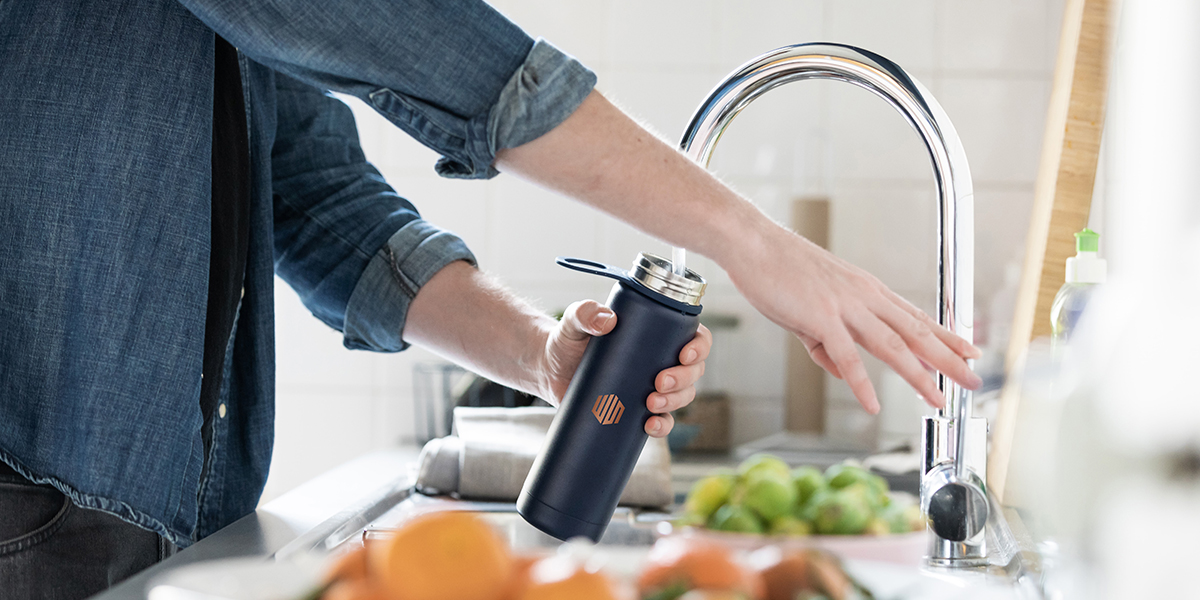
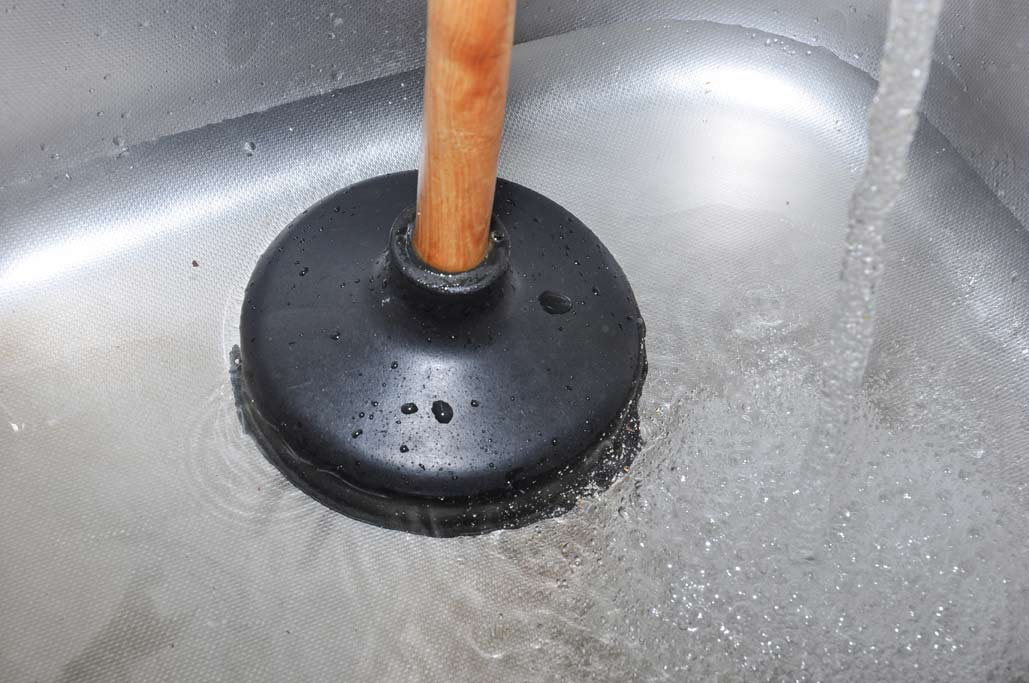
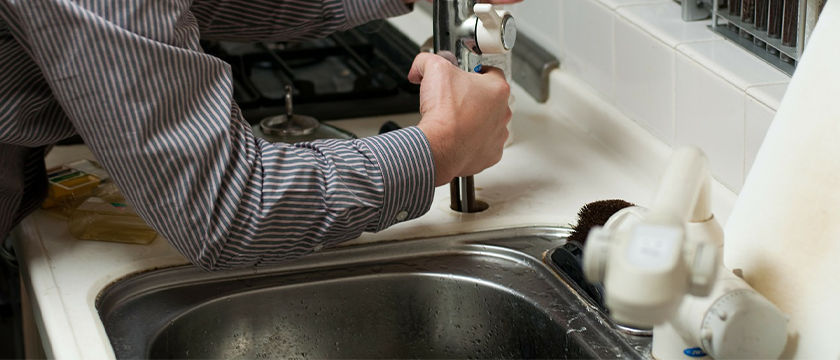
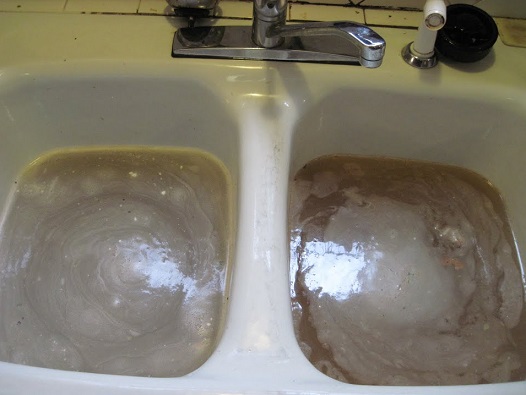




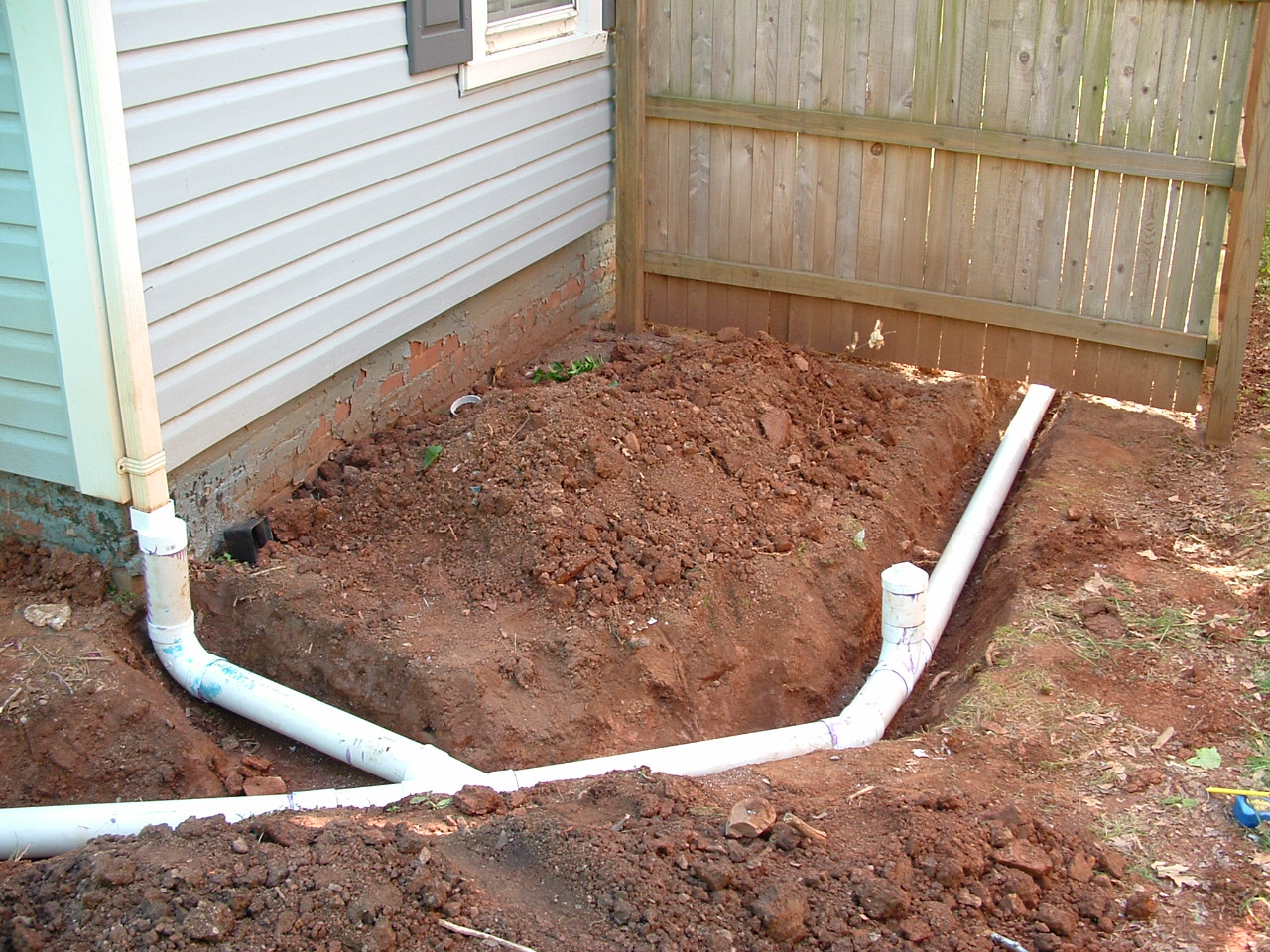
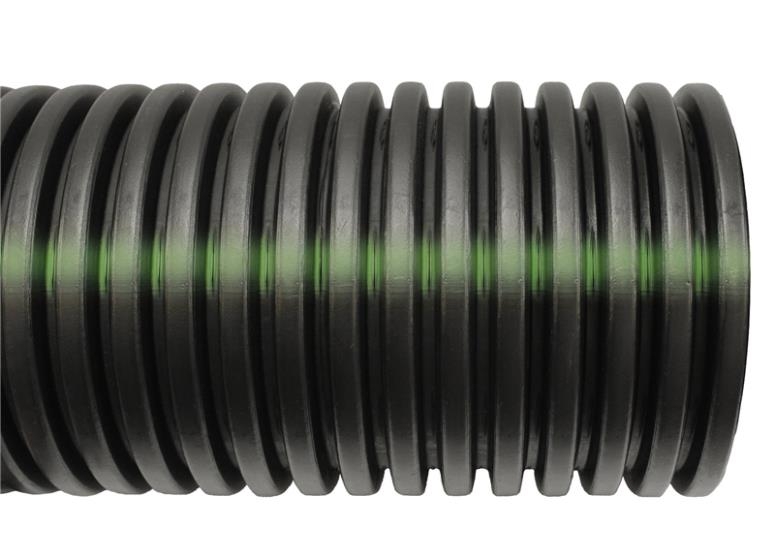


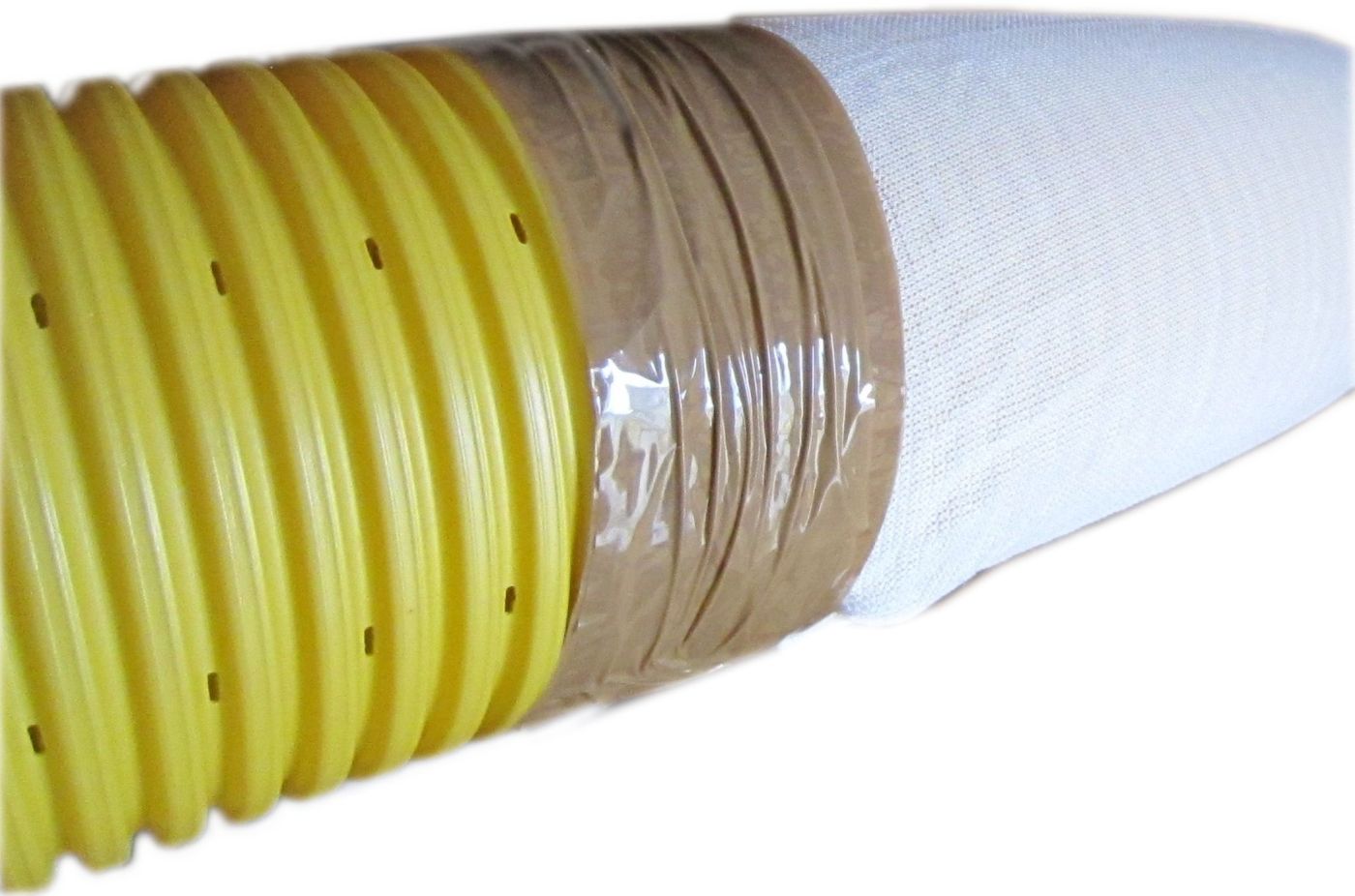
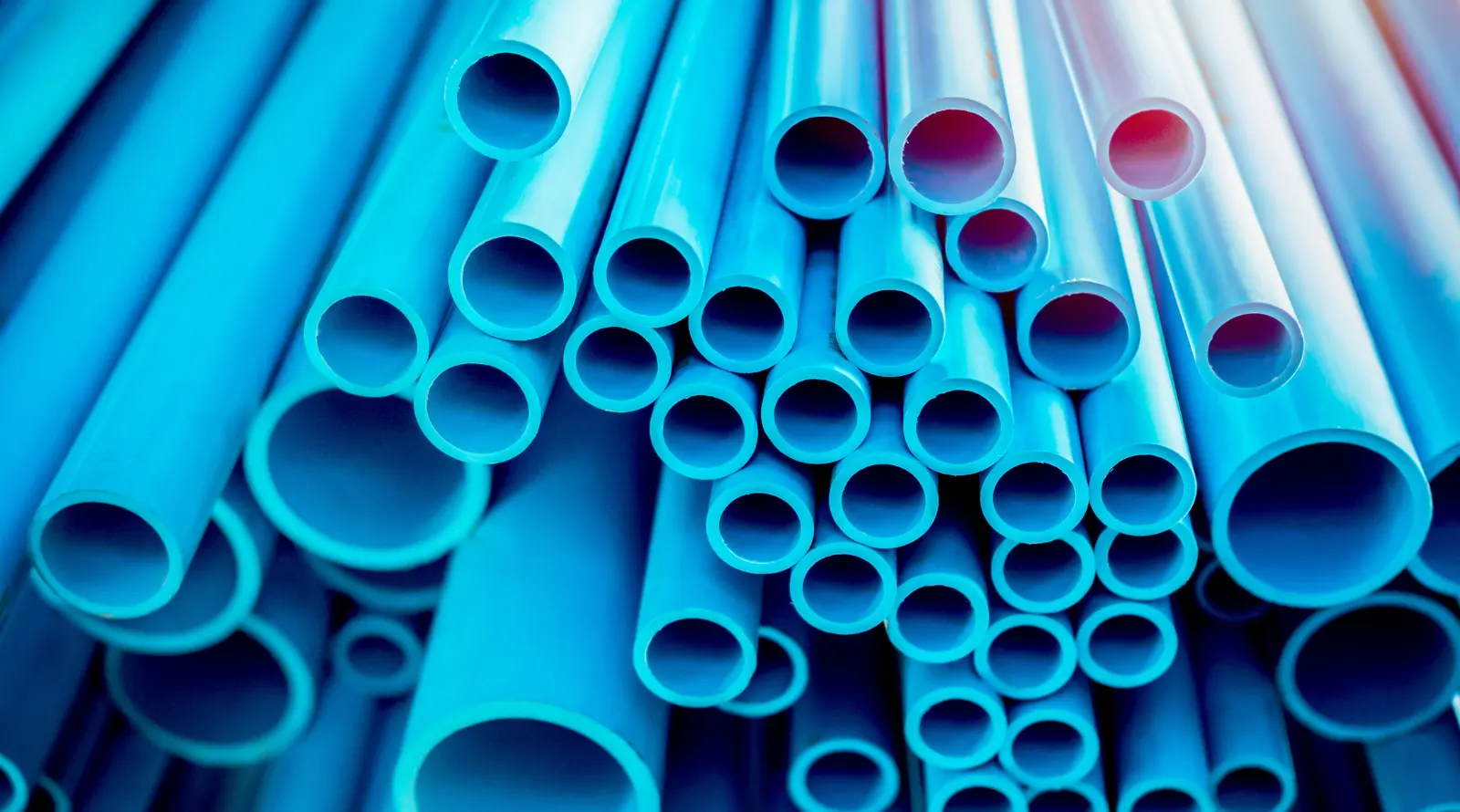













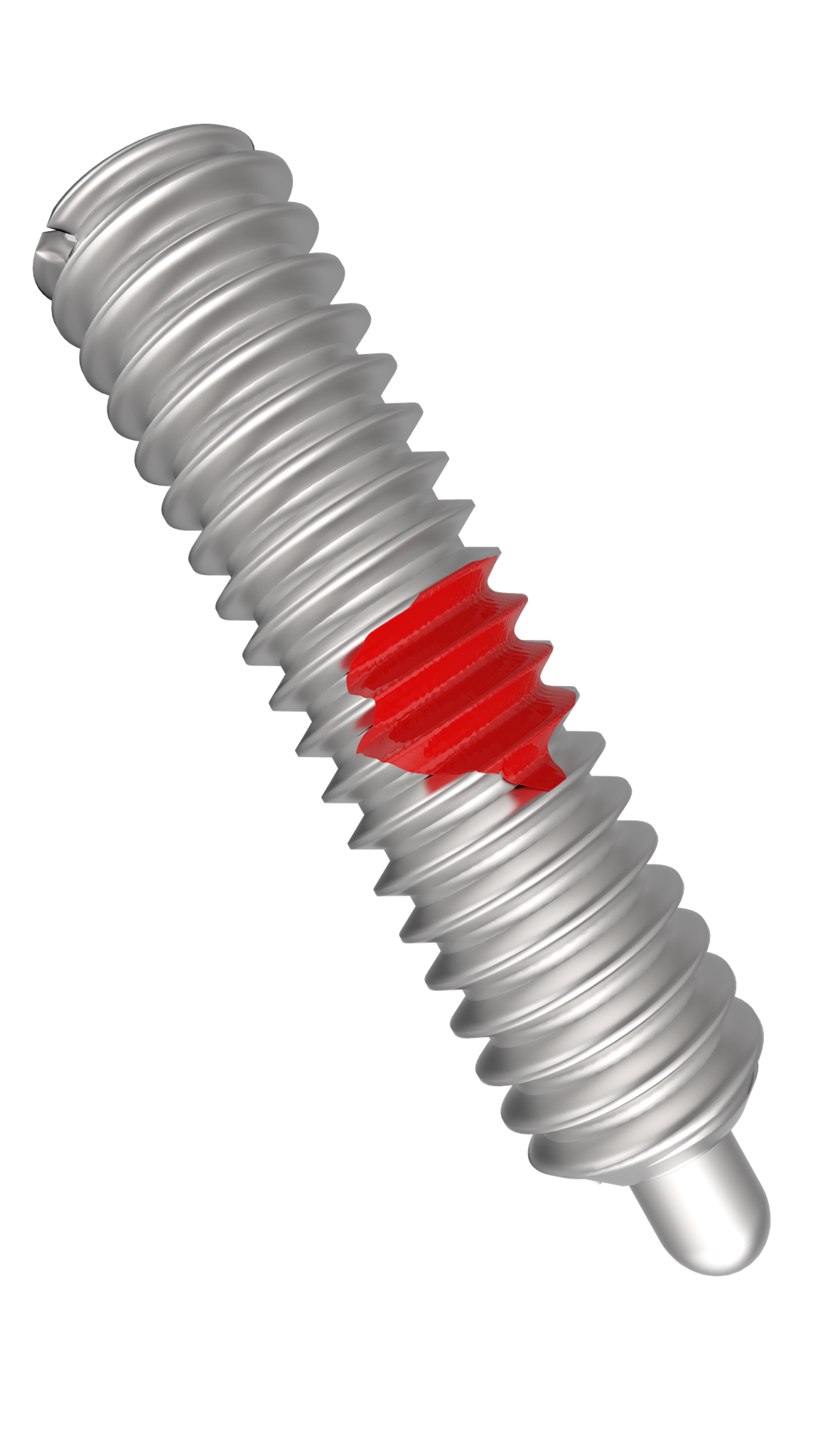
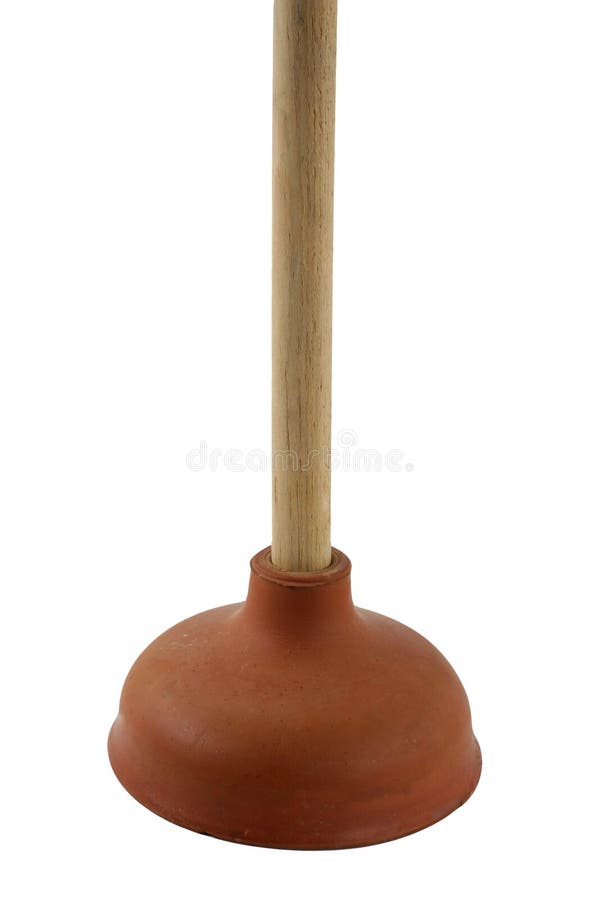
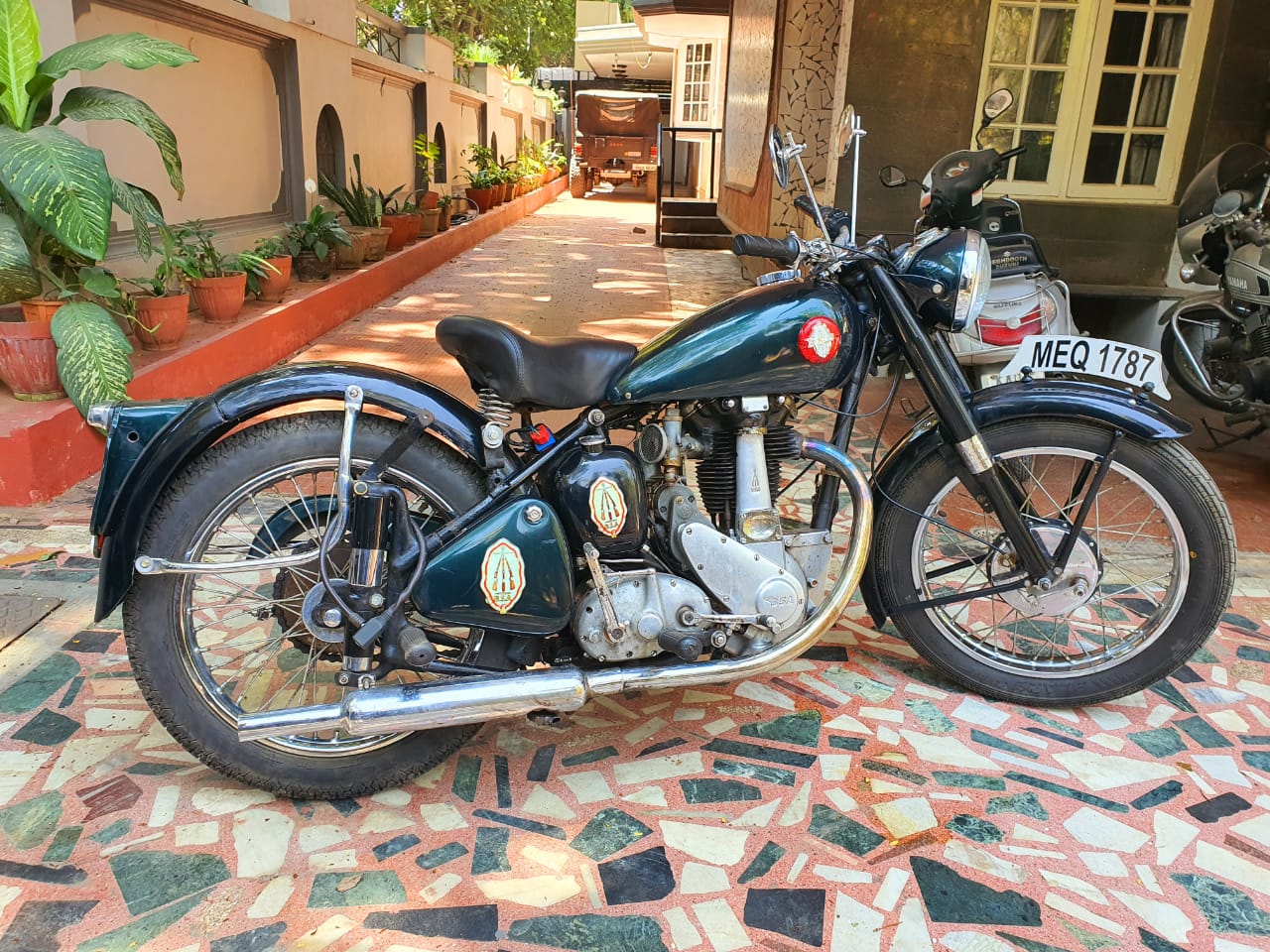
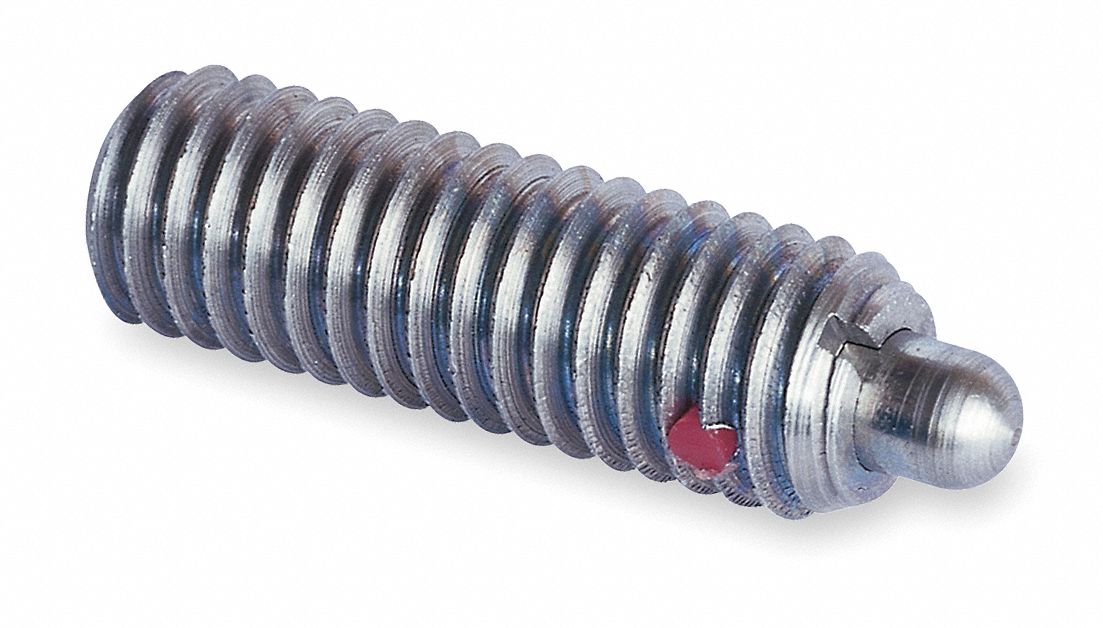




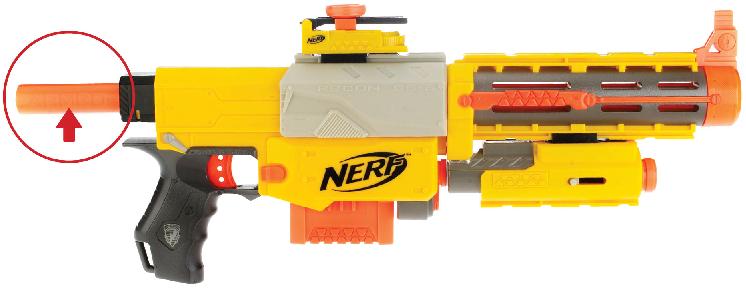



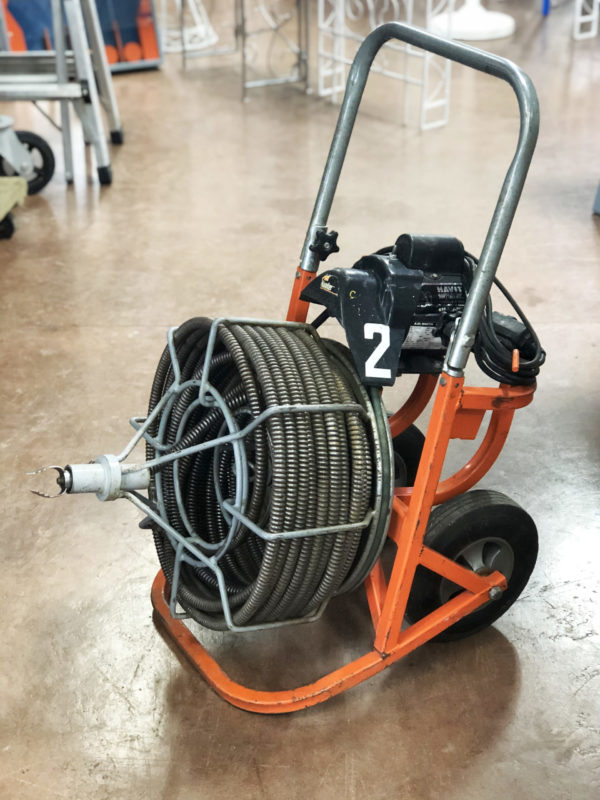
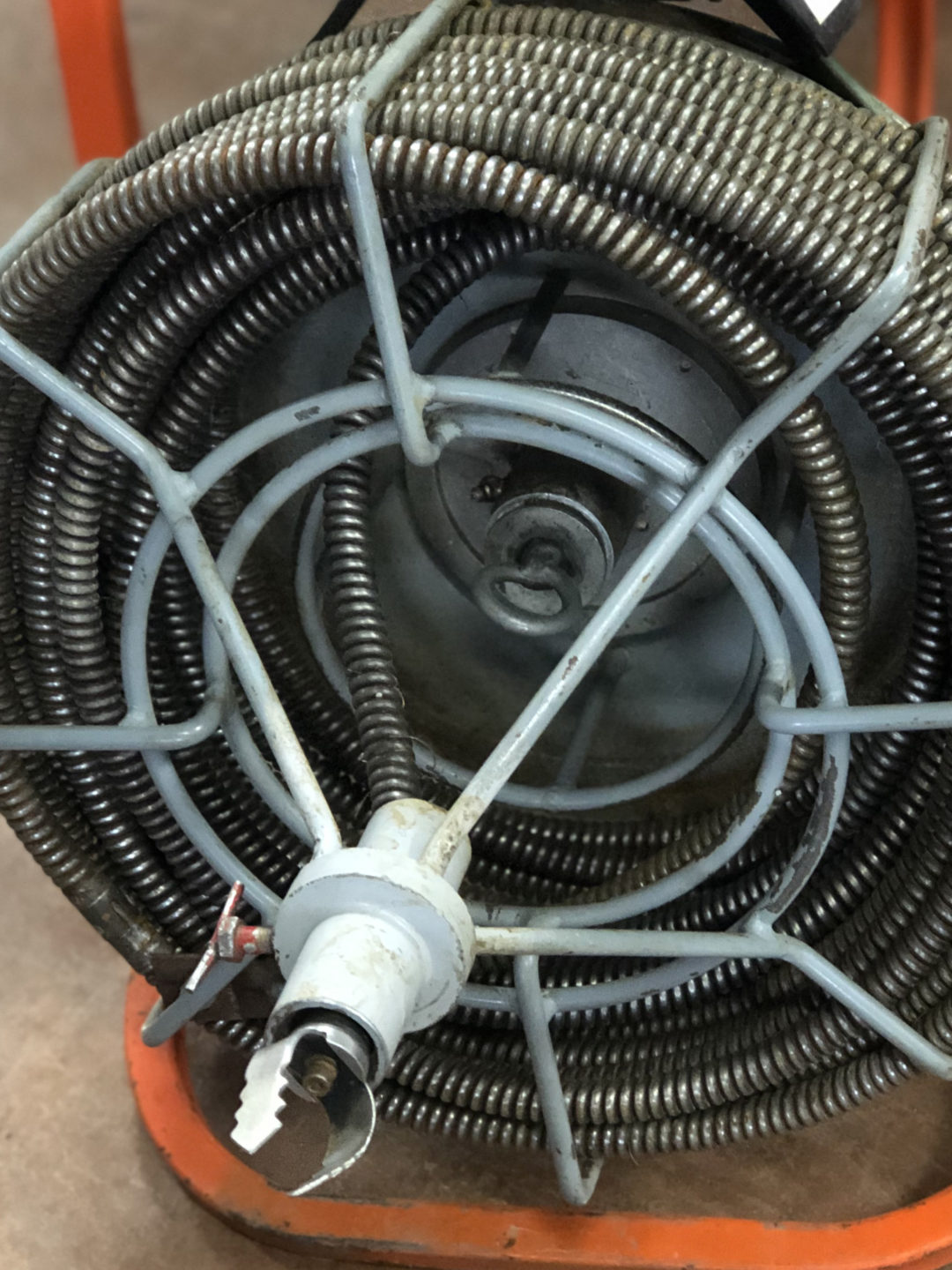


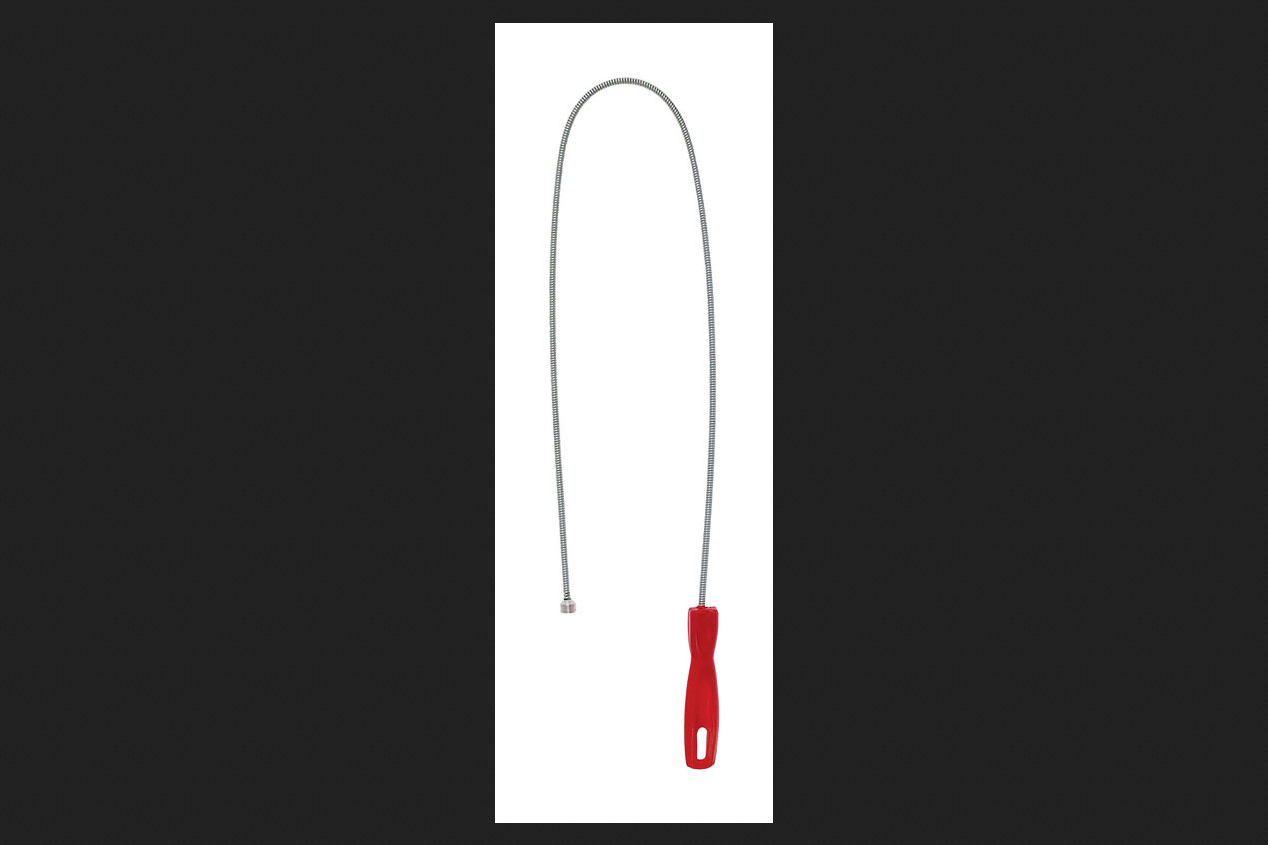

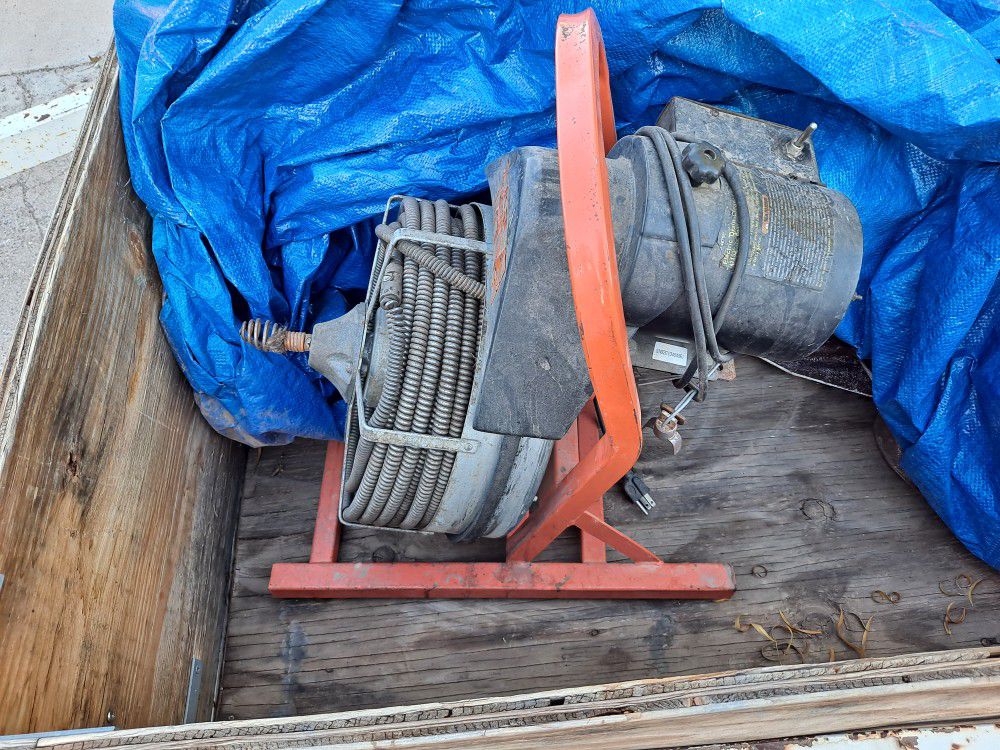
:max_bytes(150000):strip_icc()/Sewerdrainsnake-592872a23df78cbe7ea03d21.jpg)
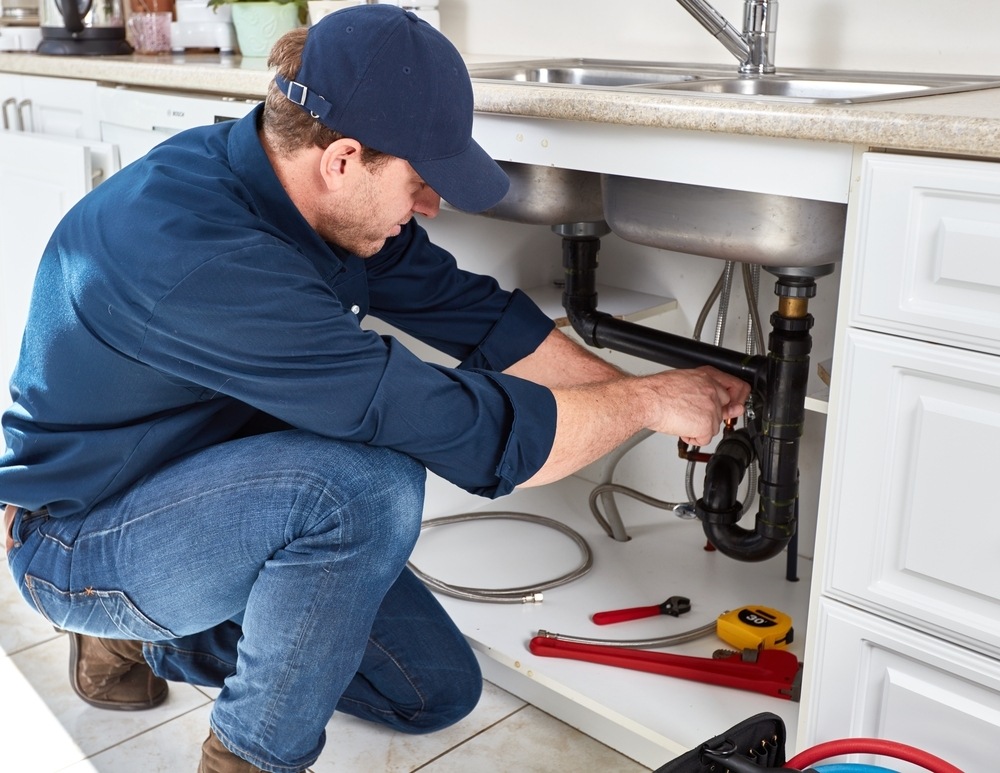







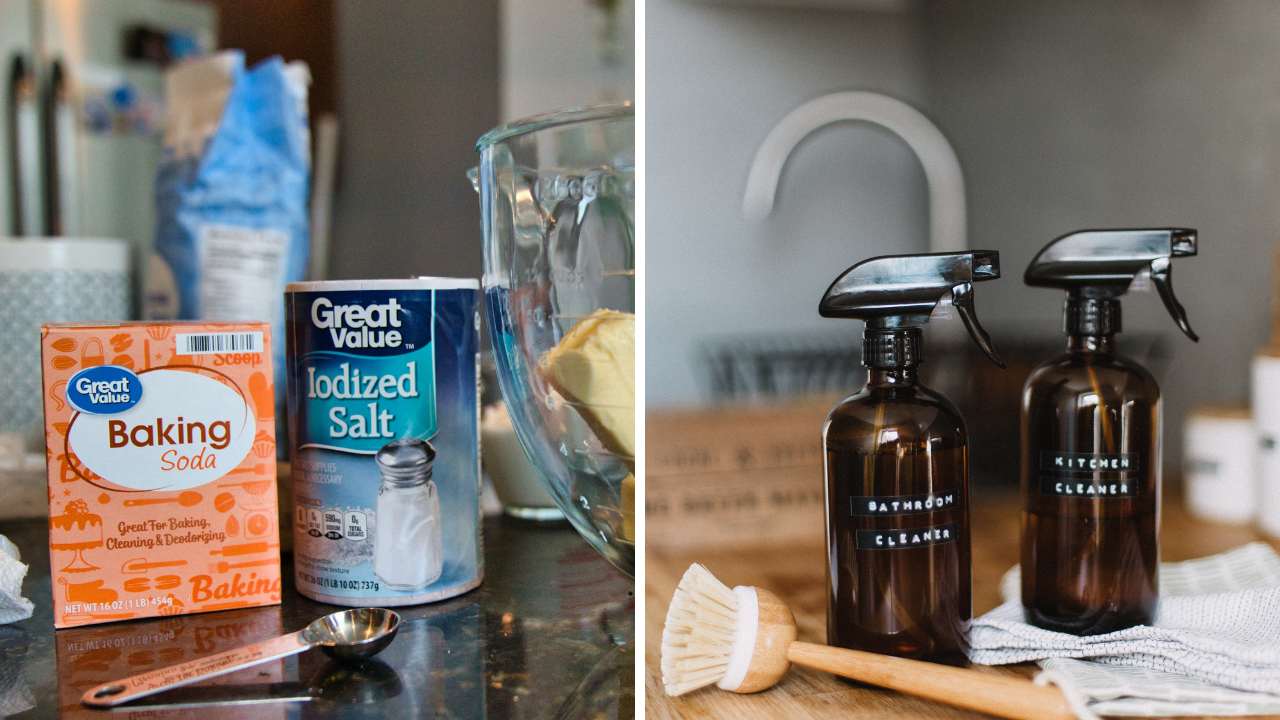


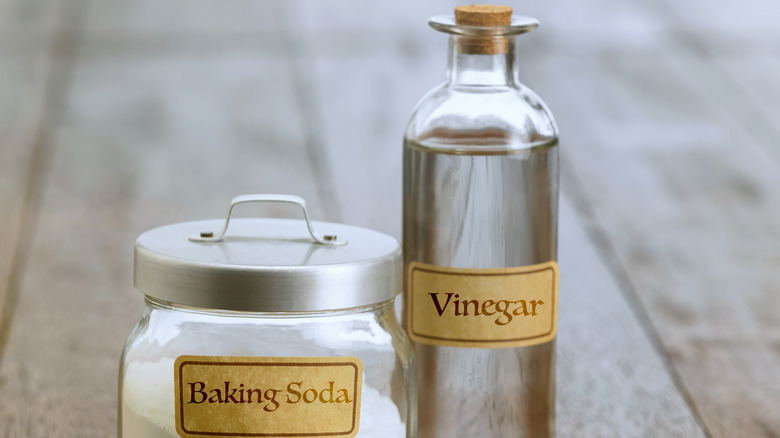




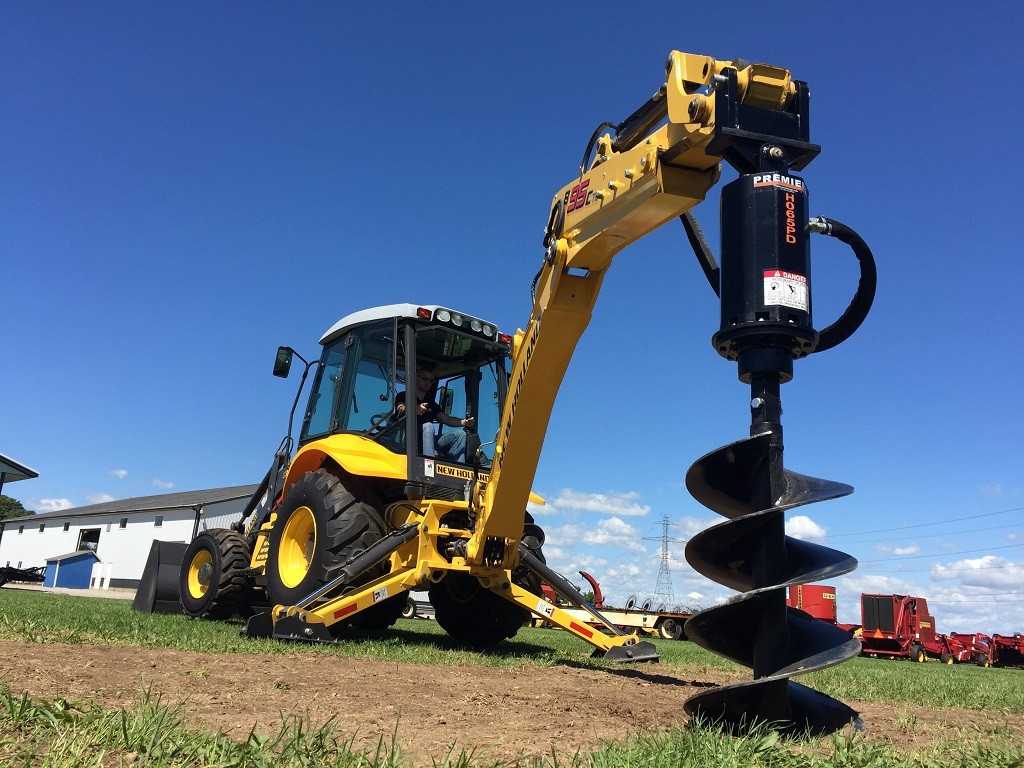


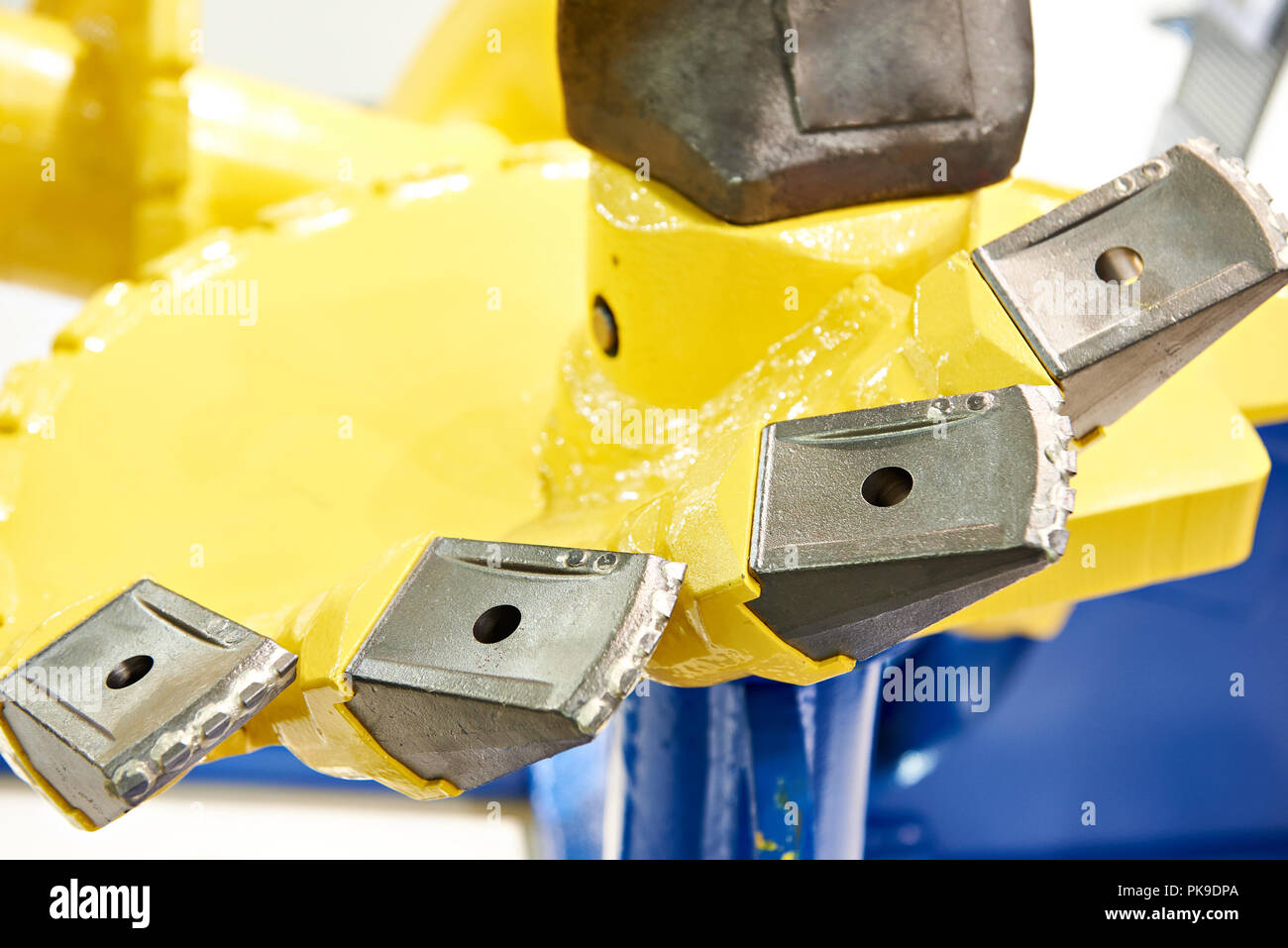
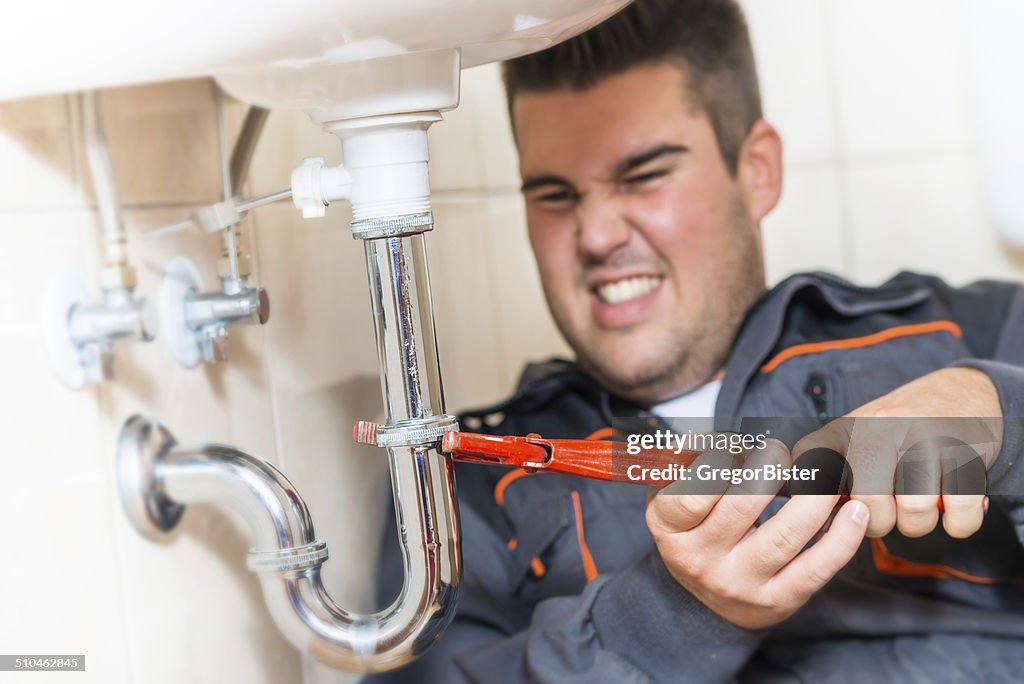







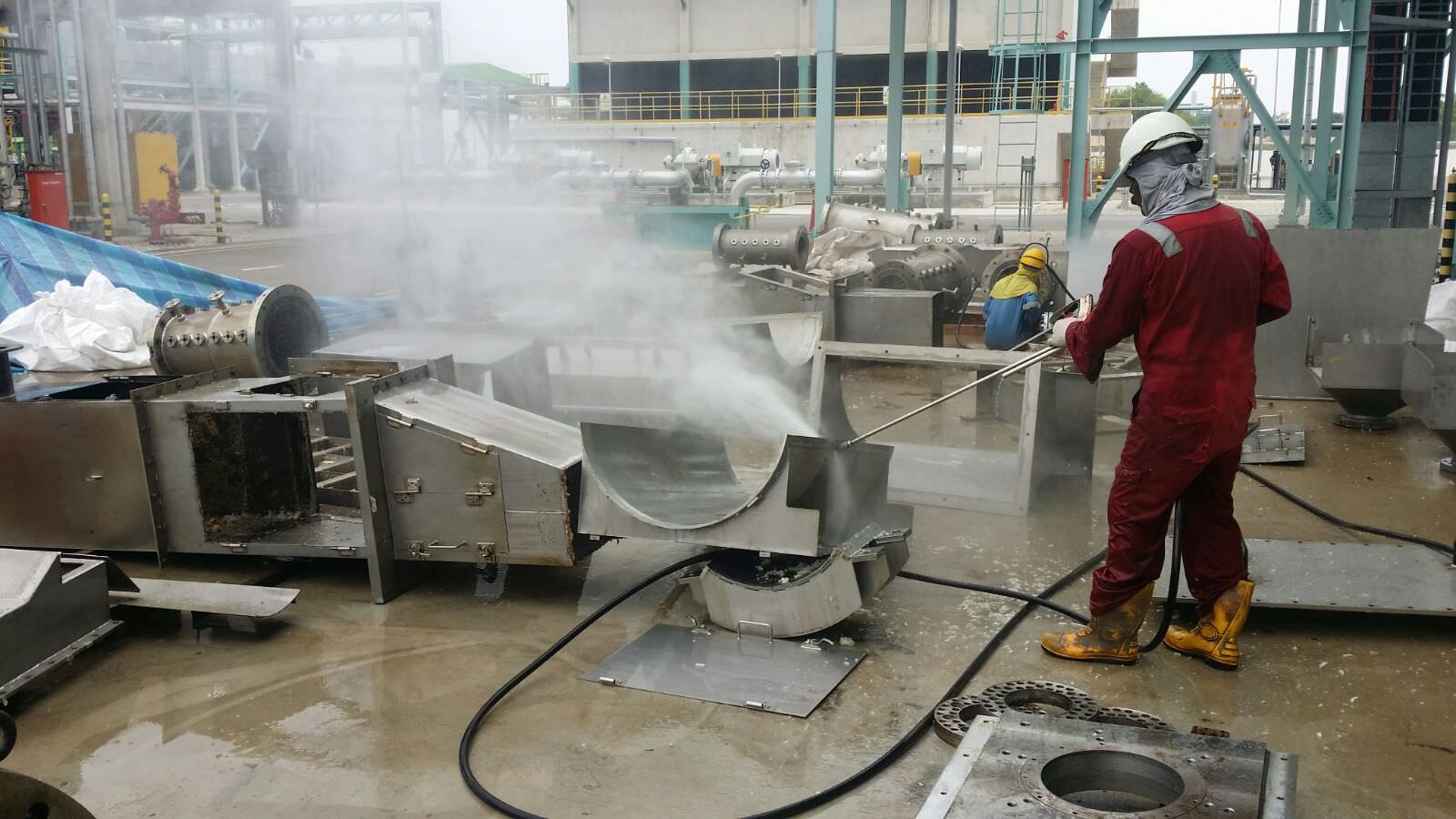



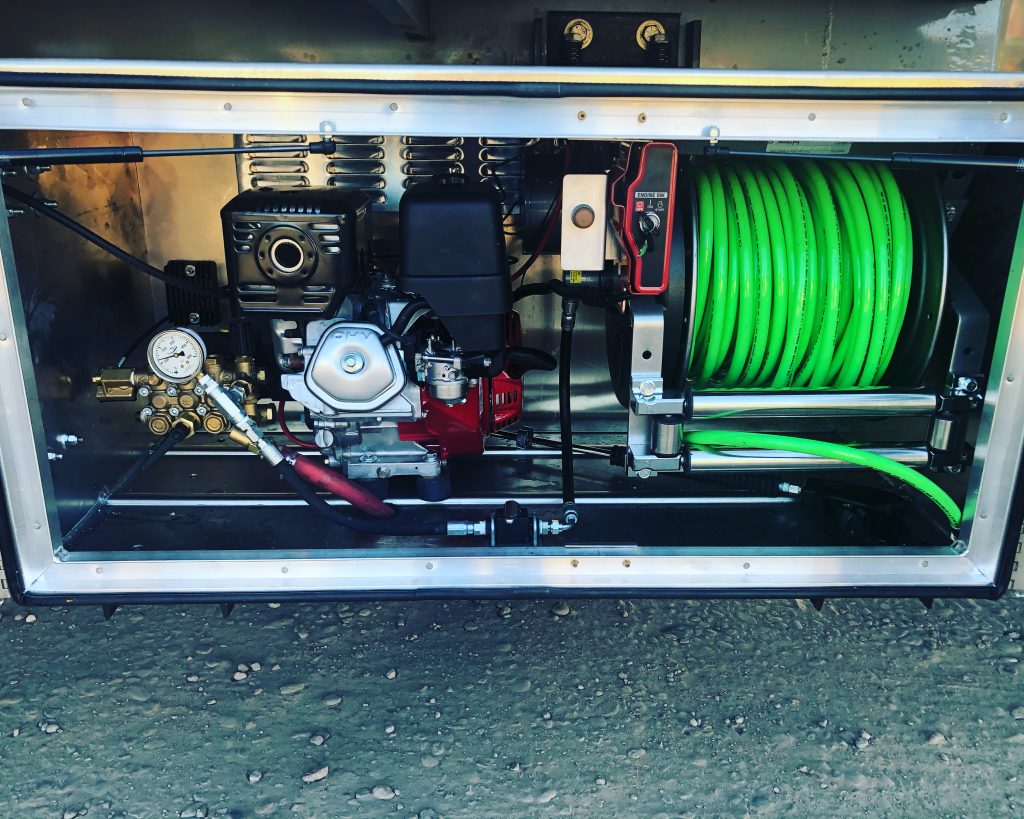








:max_bytes(150000):strip_icc()/Traditional-neutral-living-room-589fb4765f9b58819cb46c02.png)
